For some engineers, curiosity and a thirst for innovation drive them to venture far from home. Here, two Australians making a name for themselves on the international stage share their story.
What does it take to step away from everyone – and everything – you know?
For Australian engineers Dave Evans and Linda Hapgood, the giant step of moving overseas was driven mainly by passion. But it was also about opportunity.
For Hapgood, who works for Boeing in Seattle, it was a matter of chasing a dream.
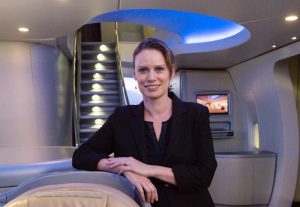
“Growing up, I had a feeling that I was far away from the rest of the world and that the biggest adventures of all were out there waiting for me,” Hapgood, who is the Chief Engineer for Systems Engineering, told create.
“In the 1990s, there was no option to pursue a career in designing and manufacturing aeroplanes at home.”
For Evans, a chemical engineer, the decision was about building the future he wants for his family.
“It was COVID at the time, and [my partner and I had] just had a kid,” said Evans, now Deputy Project Director for Northvolt, which is a Swedish lithium-ion battery manufacturer, developer and recycler. “We were completely on our own. So the difficulty in getting on the plane was deciding if we can make this work.”
Evans is now building one of Europe’s biggest lithium-ion battery production facilities.
“We decided we could always undo the move. It’s not like Australia’s not going to be there for us,” he said. “A lot of the discussion was ‘if we don’t do this, will we regret not doing it more than doing it?’”
Neither Evans nor Hapgood has any regrets.
Hapgood said any uncertainty she felt when making the move was balanced by the excitement about the opportunities waiting on the other side of the Pacific.
“I have found that the much harder part comes later when you realise that coming home has become a harder decision than you thought it would be,” the aeronautical engineer explained.
“Now you have a great job, and lots of roots growing in the place that you’ve settled. Once you have a family and kids, the need for a community is really important. But there’s also the pull of wanting your kids to have similar childhood experiences as you.”
Ultimately, both based their decisions on a view to the future.
“I wanted to do something I could feel good talking about with my son,” Evans explained. “And I felt at the time that Australia was lagging in the energy transition. I still do.”
Australian experiences
Hapgood says she often meets people surprised by how many Australians they seem to meet.
“I think it’s well known that we love to travel and you can always find Australians somewhere,” she explained.
It’s the same story for Evans.
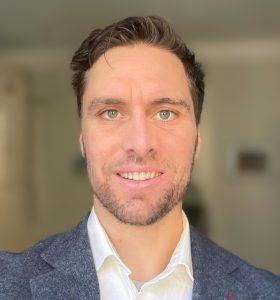
“You would not believe how many Aussies are on my project,” he said. “That’s crazy to me.”
The common thread, he added, was a thirst for opportunity.
“They all have that same adventurous can-do attitude. I think all were equally seeking something challenging and exciting,” Evans said. “We found a new frontier where we can push boundaries.”
Hapgood, who made her move in the 1990s, said times have changed since she first went abroad.
“I am really pleased to be able to say that the landscape of Australian aerospace engineering has fundamentally changed, with compelling opportunities to participate in the design and manufacture of new products,” she said.
“We now have American and global Boeing employees wanting to move to Australia to play a role in products and research that originate in Australia for the world.”
That does not match Evans’s experience in the renewable energy industry, though he hopes it one day will.
“Sweden is the 23rd largest economy in the world,” he said. “Australia is the 13th. And yet you don’t see Australia producing companies like Spotify, Volvo or Northvolt.”
Mindset is important, as is the courage to think in the long term.
“The Australian ambassador visited our site because he heard how many of us worked here,” Evans said. “He asked, ‘Do you think this could be replicated in Australia?’ And I think he was almost shocked or offended when we all gave a resounding ‘No’.”
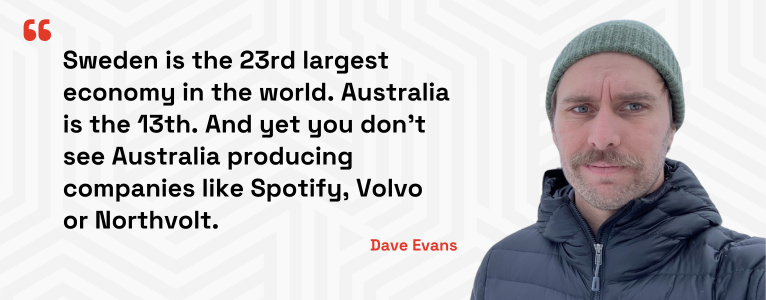
Moments of transition
Northvolt was doing something bold and exciting that had not been done before, Evans said, but what finally convinced him to take the plunge was Europe’s determination.
“There was so much resolve by politicians, governments [and] investment banks to say, ‘We want to put our money behind this’,” he said. “That’s what really appealed to me.”
Northvolt, he said, is being driven by market forces Australia has not recognised yet.
Evans believes Australia lost its potential to attract lithium-ion battery manufacturers with the demise of its car industry. And there’s not enough renewable energy being fed into the grid yet to warrant local mass production.
“There’s no surrounding chain of supply and demand to make it work,” he said. “But it can [work] for other sustainable industries and renewable energy investments.”
There’s more than one path to net zero emissions, Evans explained.
“Batteries can’t power aircraft – yet,” he said. “But technology is moving that way. I know lots of companies are doing work on high-density batteries for aviation.”
Meanwhile, Europe is forging ahead.
“My challenge is not just building a battery that is as efficient as possible. It’s creating the volume needed to power hundreds of thousands of European [electric vehicles],” he said. “Low-carbon batteries were needed here yesterday. Not next year or the year after.”
It’s a risky business. But it’s one Evans said Europe has embraced.
“It’s so dynamic – frustratingly so,” he said. “Our chemistry changes daily while we’re building the plant. But the demand remains insistent.”
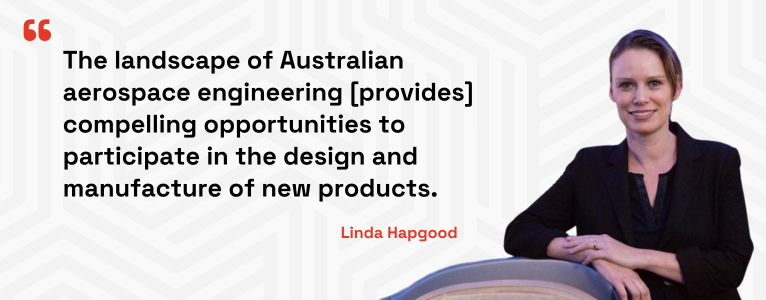
Driving change
Hapgood builds planes and, by 2030, those planes must be capable of running on sustainable aviation fuel (SAF) sourced from cropping, agricultural byproducts, waste oils and fats.
“We are making real progress here,” she said. “The subject of sustainability and zero emissions is critical. And engineers share a passion to redefine what’s possible, and to change the world through design.”
One challenge is to source sufficient supplies to replace fossil kerosene.
“The world will need about 132 billion L per year of SAF to meet 100 per cent of aviation fuel demand by 2050,” Hapgood said.
Liquid fuel remains crucial for long-haul jet flight because of its unique balance of energy density, weight and volume. Hydrogen is lighter, but far bulkier. Batteries are much heavier – at least for the moment.

Meanwhile, Boeing and NASA have teamed up on the X-66 Sustainable Flight Demonstrator, which is revising everything from wing shape to construction materials in an effort to help bridge the net zero gap.
“We are at an inflection point, where ground transportation is moving rapidly towards clean energy, and the urgent need to address climate change means that aviation needs to move fast too,” Hapgood said.
“Sustainability is no longer an outcome of the design; it is a top priority design objective now alongside our traditional design metrics like weight, range and passenger count.”
Points of departure
Hapgood and her family have settled into their new home, but that experience might be the exception more than the rule.
Evans said he, like many of his expatriate colleagues, hopes to return to Australia.
“I’m hopeful, but I’m not waiting on the dream,” he said. “Sparks are starting to appear, and I think everyone knows Australia has the potential. But the politicians and leadership don’t seem to have the will. So I think we engineers will have to do it ourselves.”
But those starting out on their careers should aim for the sky – wherever that may lead them, Hapgood said.
“With advances in technology, we can now effectively collaborate globally as engineers without having to move countries.”
But that’s no excuse to stay home.
“Go blaze your own trail.”

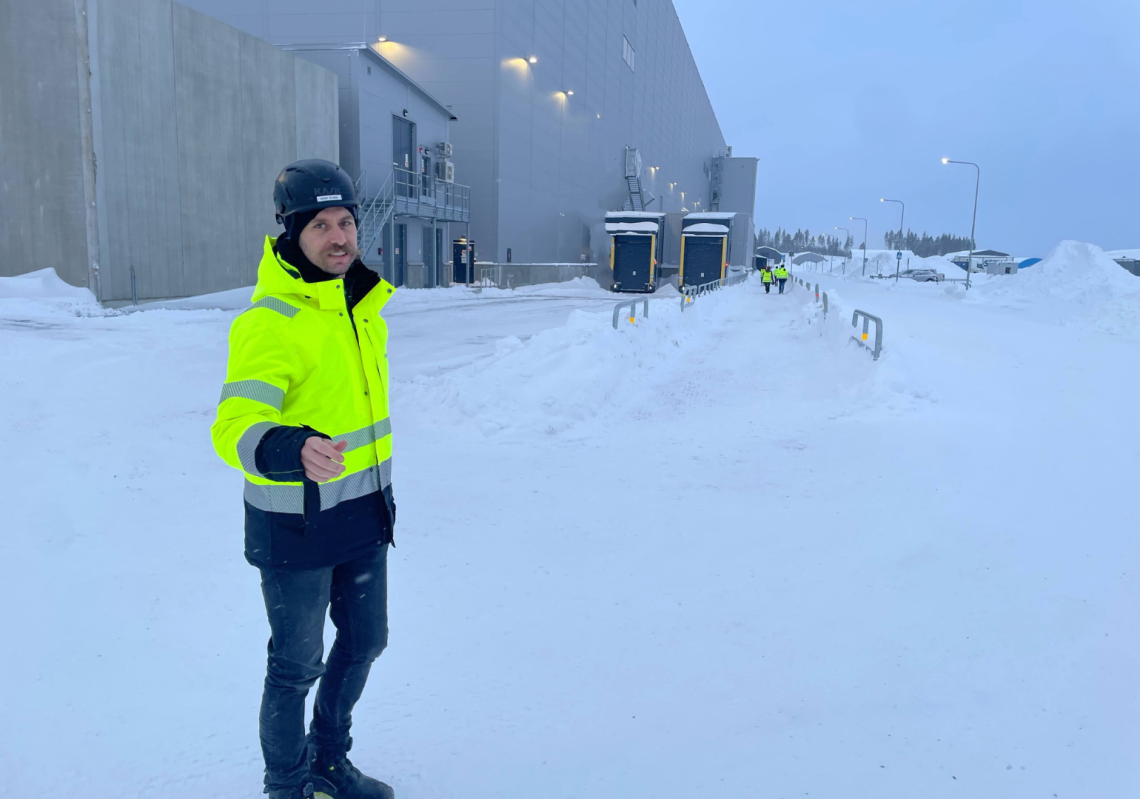


Linda Hopgood is VP of the Software and System Integration division at Boeing. It is a different department from the Aerospace Structural division which works on real Aerospace Design, and development, certification for Aircraft manufacturing programs. In Aeronautical Engineering we are not taught to code or software development. It is a different branch of engineering. Having worked in Boeing Structure programs in the past I know what each division and group focuses on at the Everett, Washington plant. Software and Aerospace divisions are different from each other.